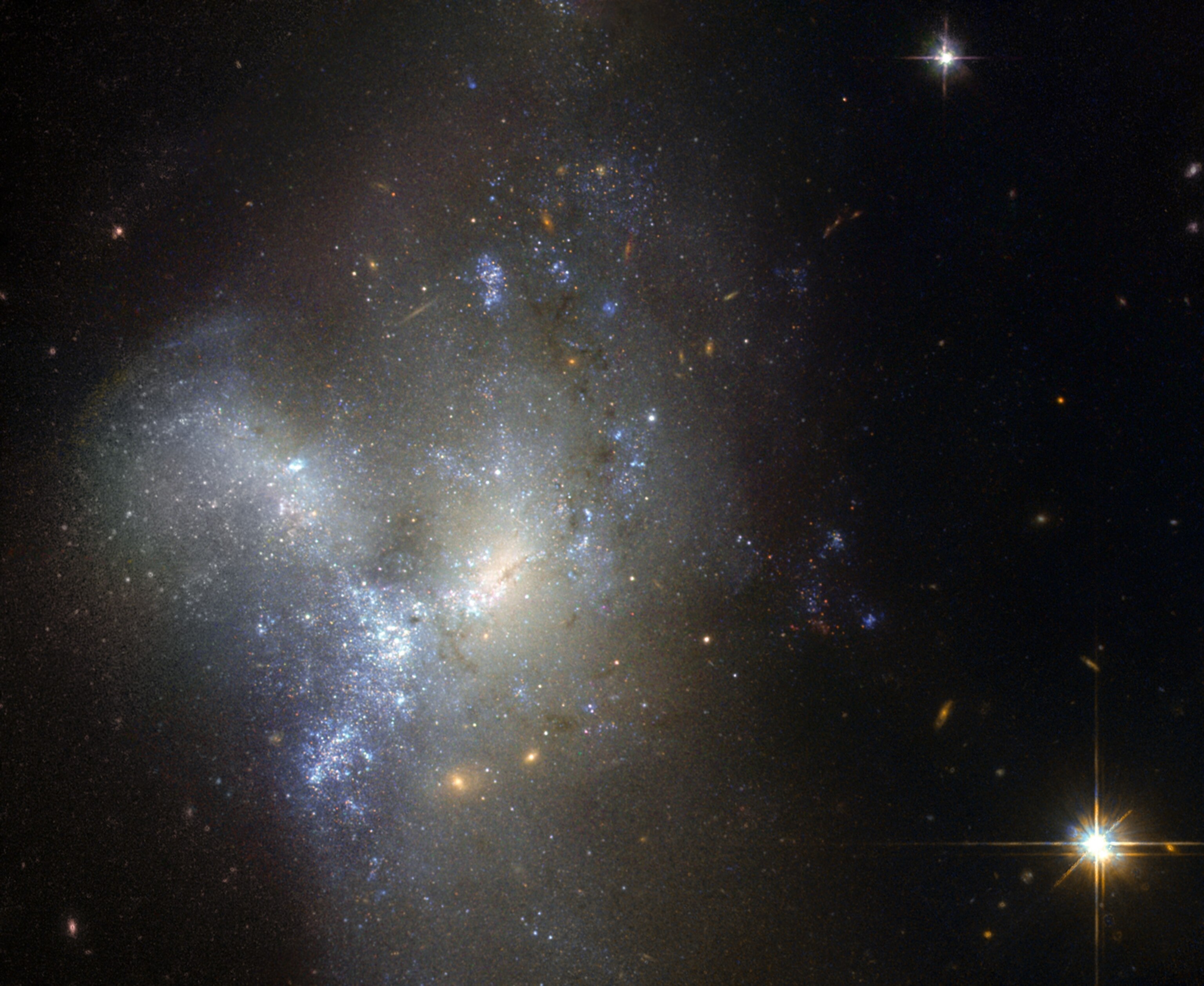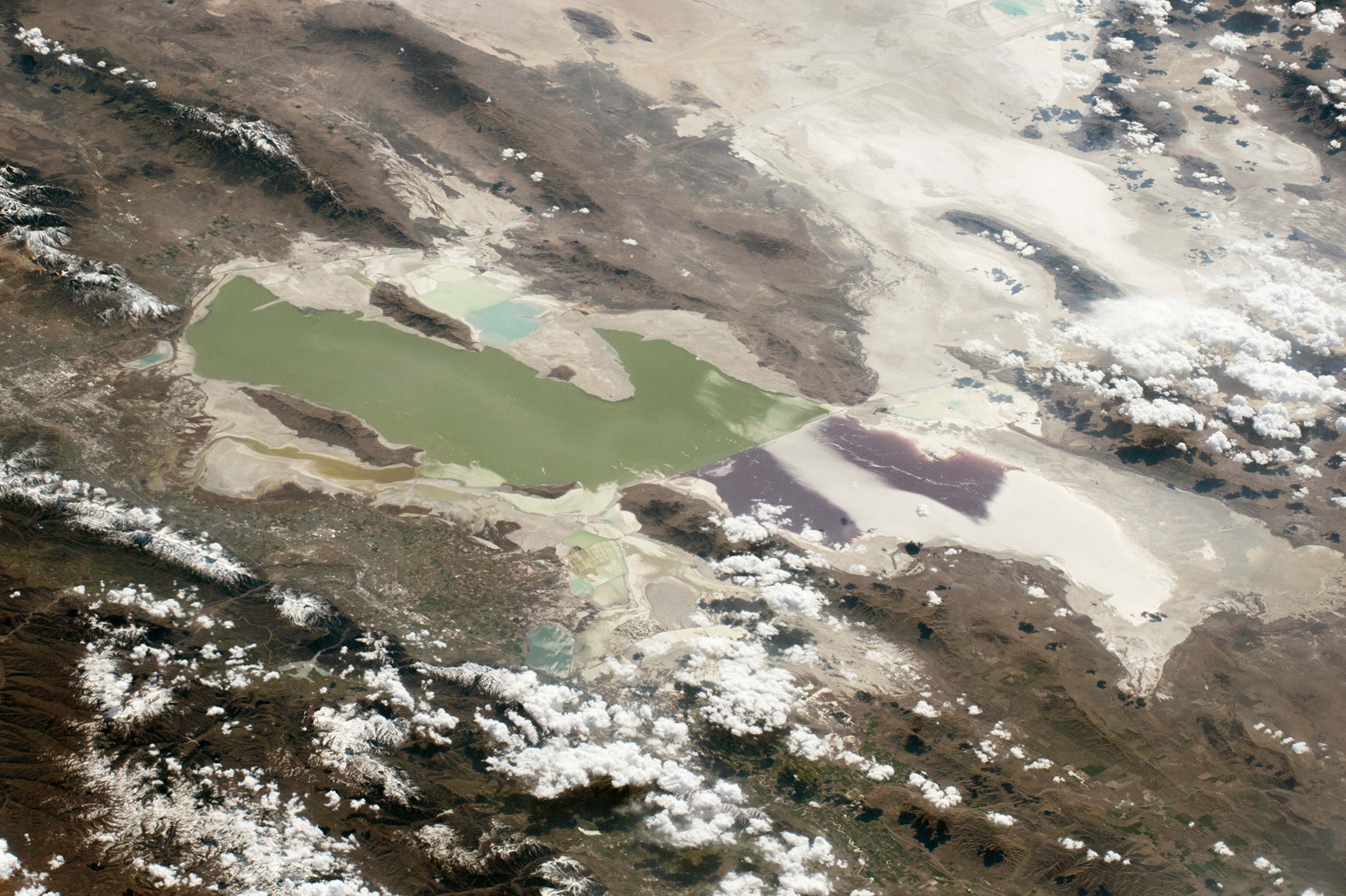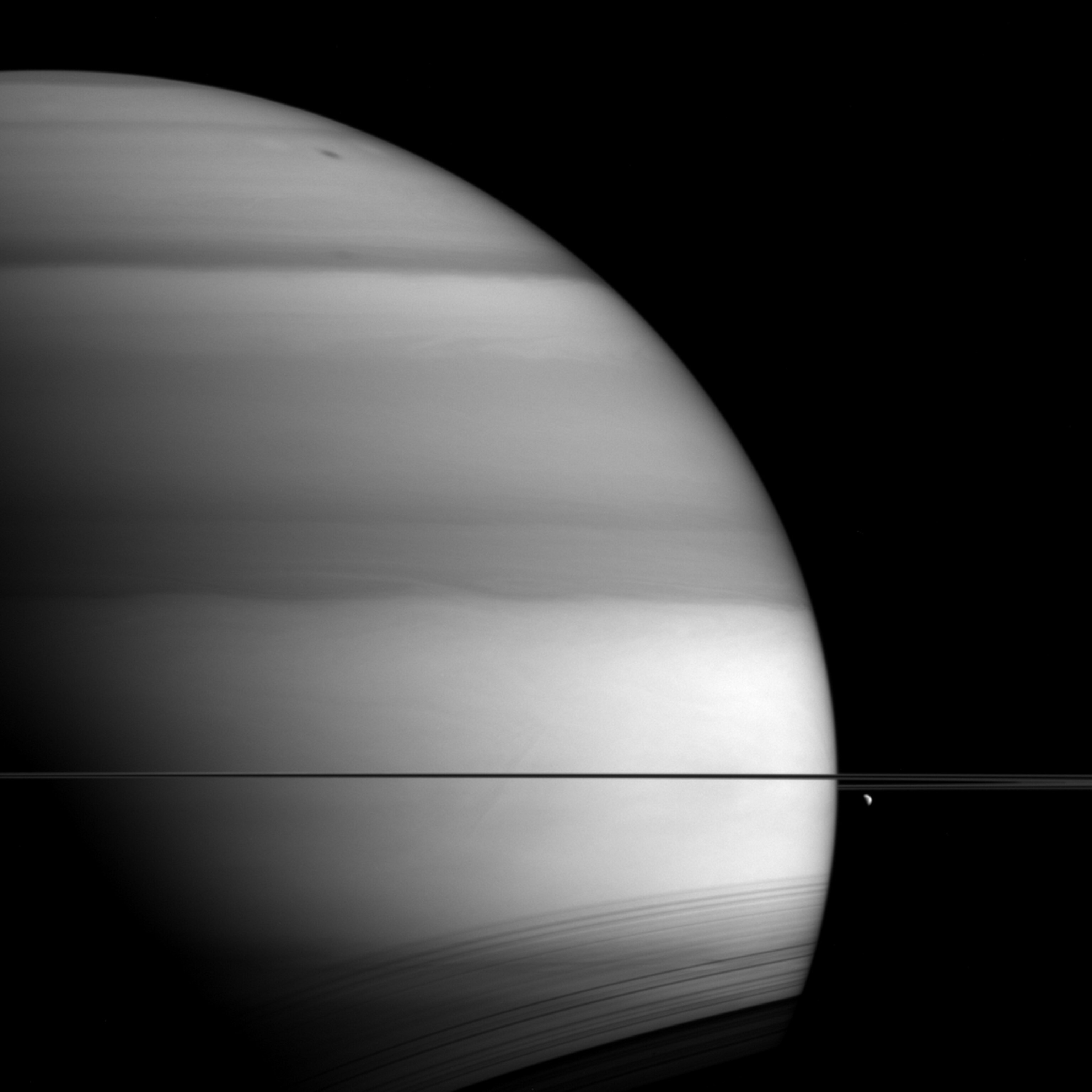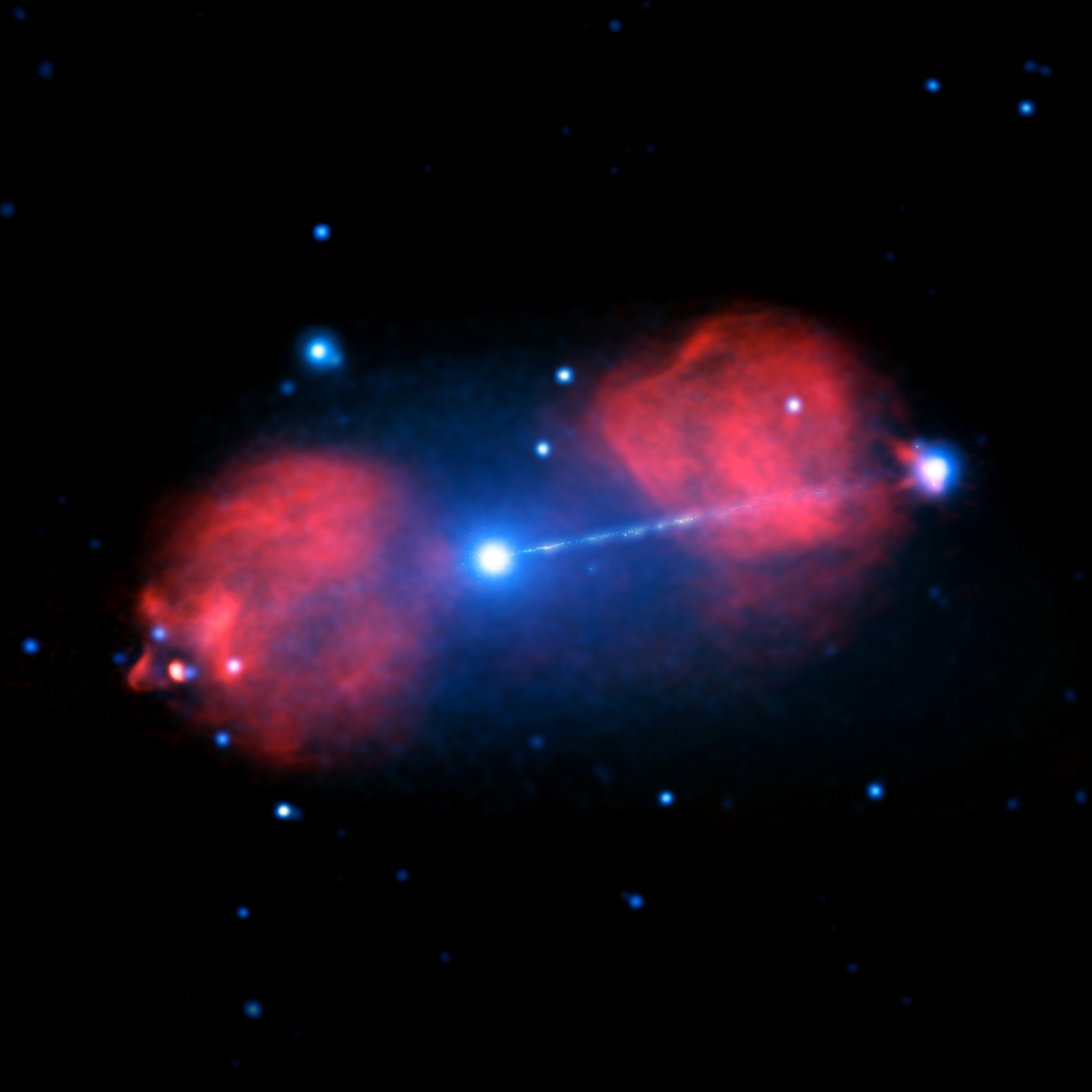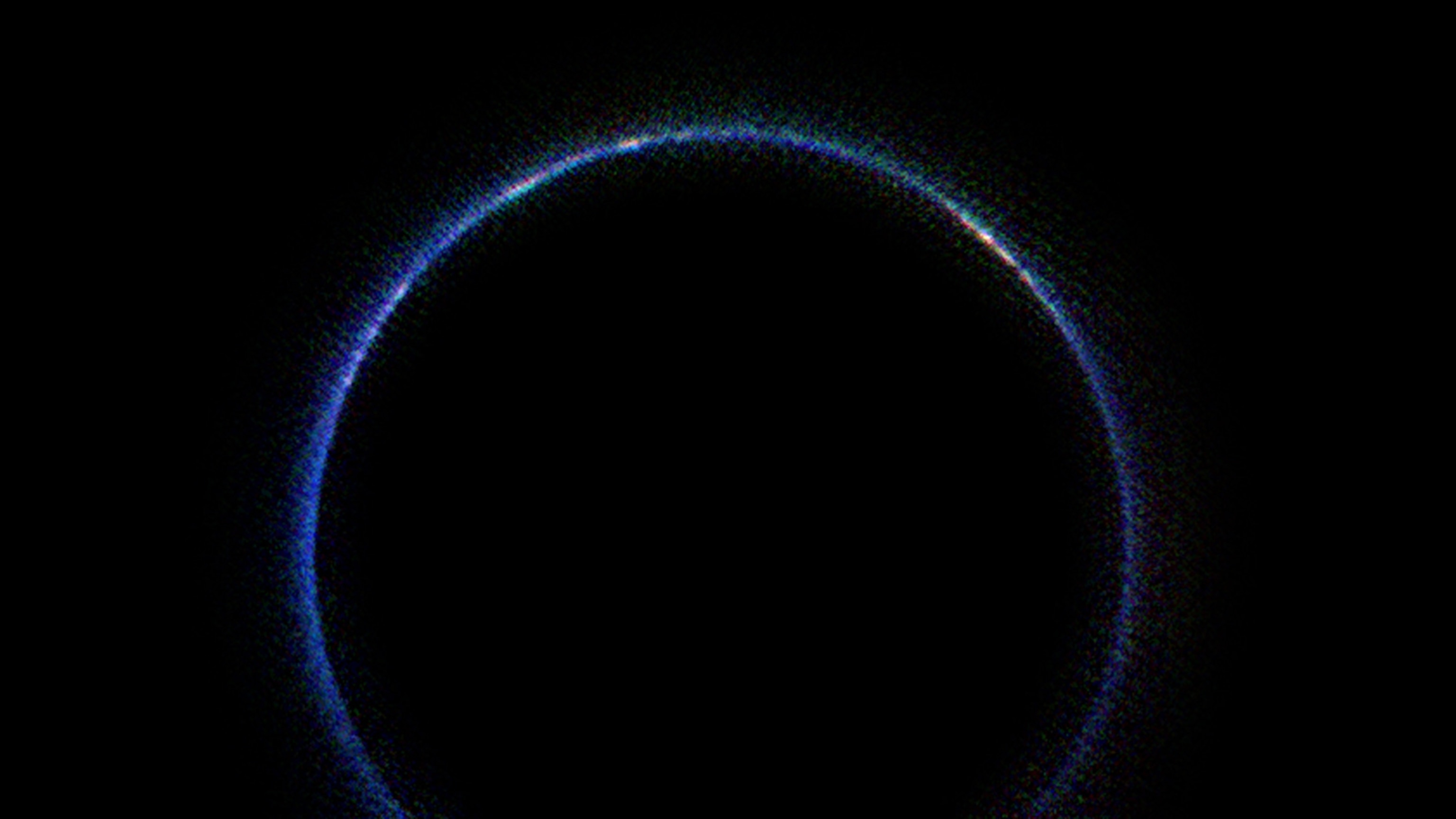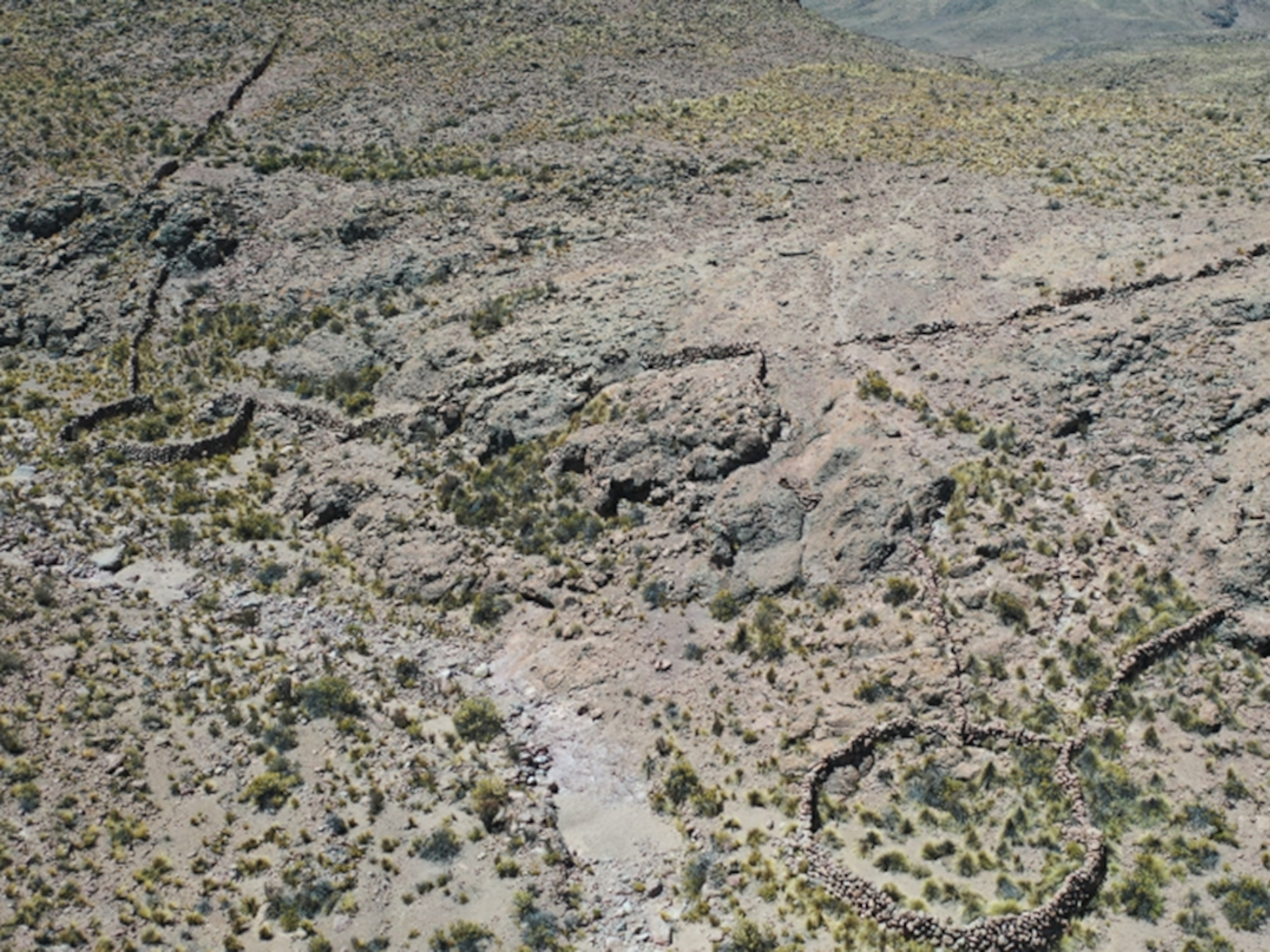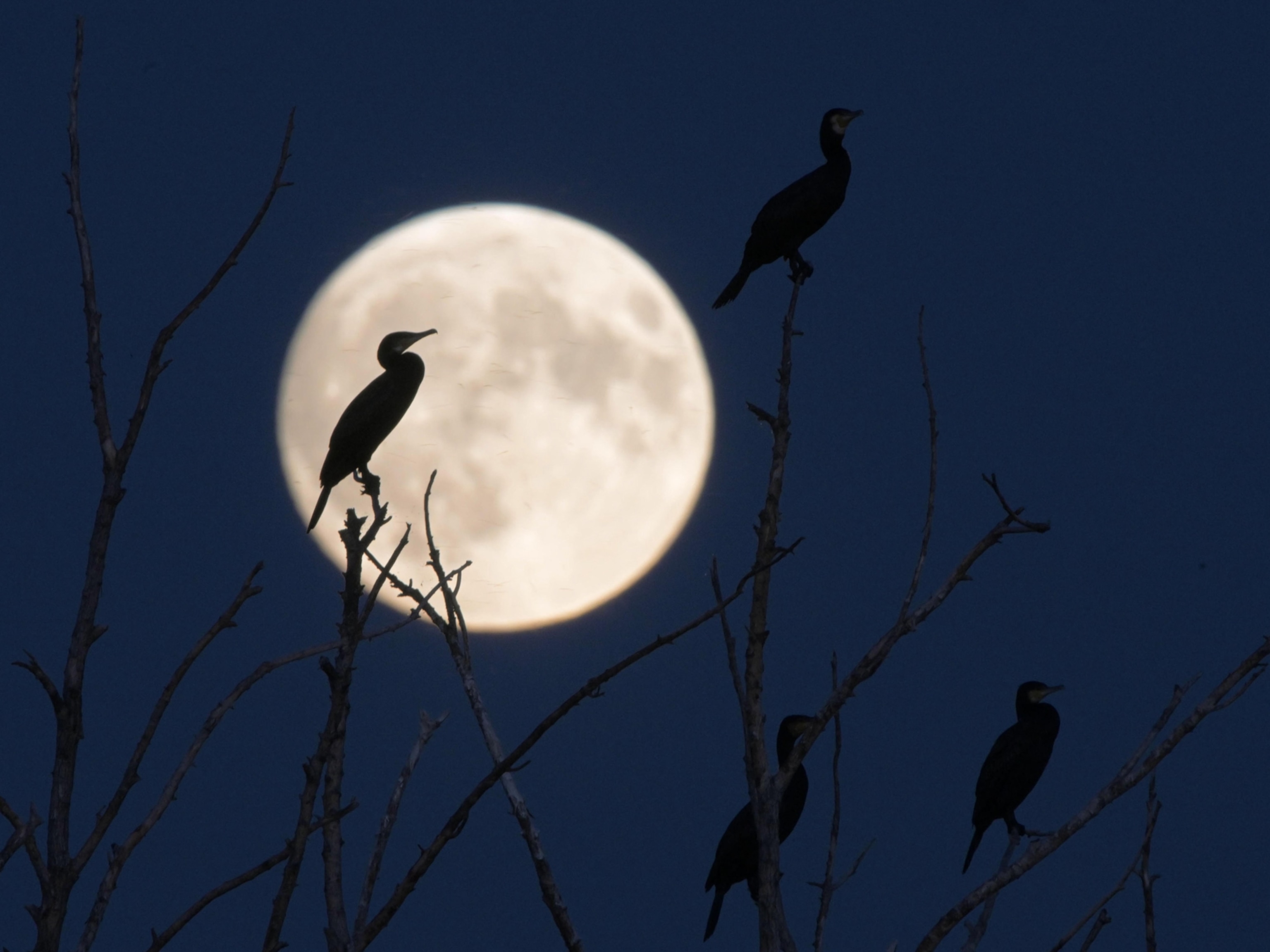1 of 9
Photograph by Saxton/Lockman/NRAO/AUI/NSF/Mellinger
Week’s Best Space Pictures: Black Hole Fires 'Death Star' Ray
A cosmic fender-bender births a new galaxy, and the Curiosity Mars rover takes an elaborate selfie.
February 5, 2016
Feed your need for heavenly views of the universe with our picks of the week's most awe-inspiring space pictures.
This week, Saturn’s atmosphere reveals its ghostly bands of methane, a massive gas cloud boomerangs back toward the Milky Way galaxy, and satellites capture a lake with two faces.

